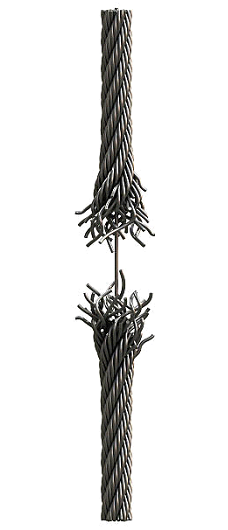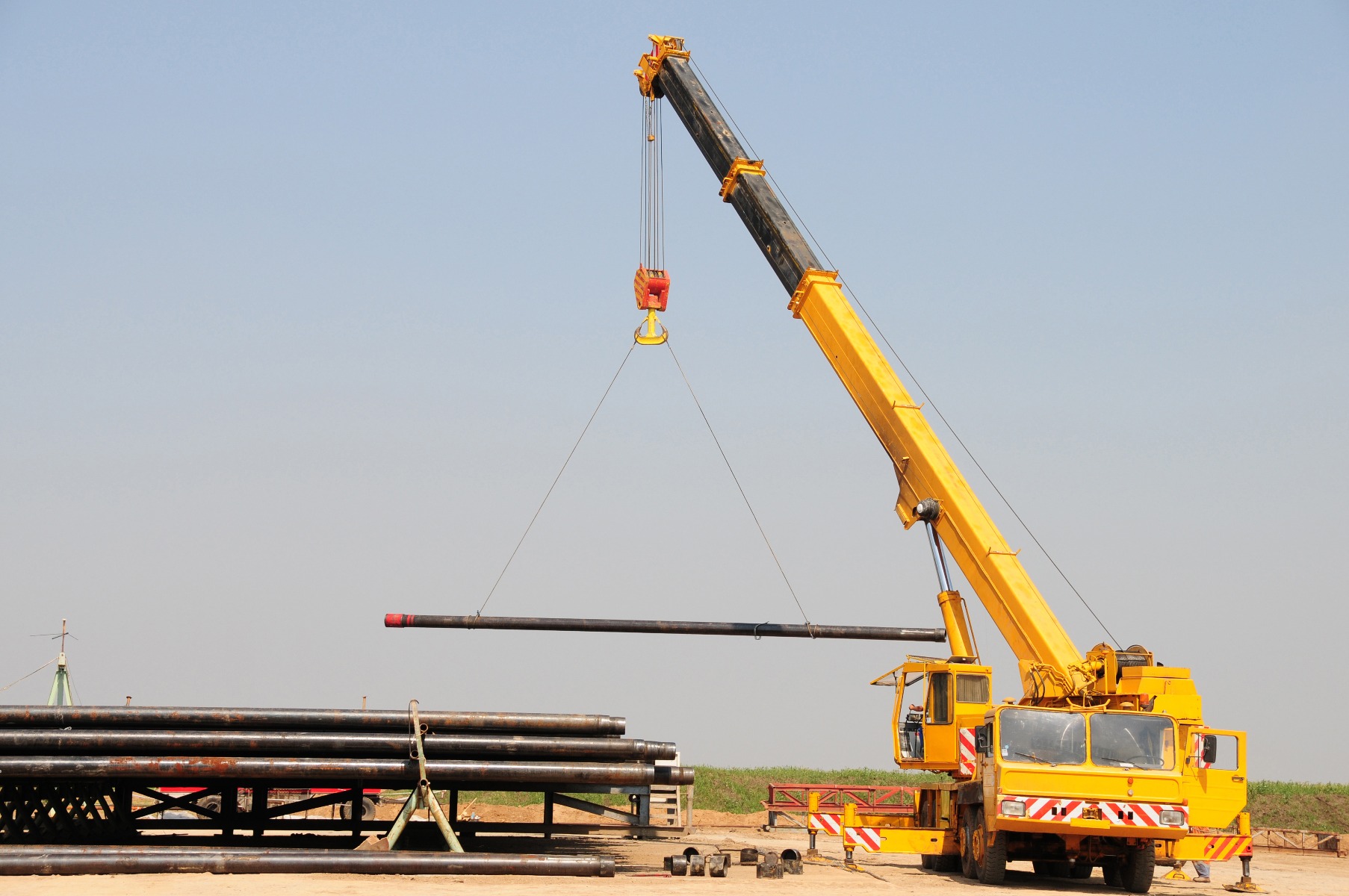Understanding Wire Rope Strength: Breaking Load vs. Working Load
Wire rope is a crucial component in the rigging industry, used for lifting, pulling, and securing heavy loads. To ensure safe and efficient operations, it's essential to understand the concepts of breaking load and working load. This article will delve into these important terms, their differences, and how they impact the selection and use of wire ropes in rigging applications.
Breaking Load: The Ultimate Limit

Breaking load, also known as breaking strength or minimum breaking strength (MBS), refers to the maximum force a wire rope can withstand before failure. It's the point at which the rope will break when subjected to a single application of force under controlled testing conditions.
Key points about breaking load:
- It's determined through laboratory testing
- Represents the absolute maximum force the rope can handle once
- Should never be approached in practical applications
- Varies based on the rope's material, construction, and diameter
Working Load: The Safe Operating Range

Working load, often referred to as the working load limit (WLL), is the maximum weight that a wire rope can safely handle under normal operating conditions. This value is significantly lower than the breaking load and takes into account various factors that can affect the rope's performance in real-world scenarios.
Important aspects of working load:
- Typically set at 1/3 to 1/5 of the breaking load, depending on the application and safety standards
- Accounts for factors like wear, abrasion, temperature extremes, and environmental conditions
- Provides a margin of safety to prevent accidental overloading
- Should never be exceeded during normal operations
The Relationship Between Breaking Load and Working Load
Understanding the relationship between breaking load and working load is crucial for proper wire rope selection and use:
- Safety Factor: The ratio between breaking load and working load is known as the safety factor or design factor. For example, if a wire rope has a breaking load of 30,000 pounds and a working load limit of 6,000 pounds, the safety factor is 5:1.
- Calculation: To determine the working load limit, divide the breaking load by the safety factor. For instance, if a wire rope has a breaking strength of 15,000 pounds and a safety factor of 3:1, the working load limit would be 5,000 pounds.
- Industry Standards: Different industries and applications may have specific safety factor requirements. Always consult relevant standards and regulations when selecting wire ropes for rigging applications.
Factors Affecting Wire Rope Strength
Several factors can impact the strength and performance of wire ropes:
- Diameter and construction: Larger diameter ropes generally have higher breaking loads, but the specific construction (e.g., number of strands, core type) also plays a role.
- Material: Wire ropes can be made from various materials, including steel, stainless steel, and synthetic fibers, each with different strength characteristics.
- Environmental conditions: Exposure to heat, cold, chemicals, or UV radiation can affect rope strength over time.
- Wear and fatigue: Regular use, bending, and abrasion can gradually reduce a rope's strength.
- Terminations and fittings: The method used to attach end fittings can impact the overall strength of the wire rope assembly.
Best Practices for Wire Rope Selection and Use

To ensure safe and efficient rigging operations:
Always select wire ropes with appropriate breaking loads and working load limits for the intended application.
- Never exceed the working load limit of a wire rope.
- Regularly inspect wire ropes for signs of wear, damage, or corrosion.
- Replace wire ropes that show significant wear or have been subjected to shock loads.
- Use appropriate sheave sizes and maintain proper D/d ratios to minimize bending fatigue.
- Keep accurate records of wire rope usage, inspections, and maintenance.
Conclusion
Understanding the difference between breaking load and working load is crucial for anyone involved in rigging operations. By selecting the right wire ropes and adhering to safe working load limits, you can ensure the safety of personnel, protect valuable equipment, and maintain efficient operations. Always consult manufacturer specifications, industry standards, and relevant regulations when working with wire ropes in rigging applications.








